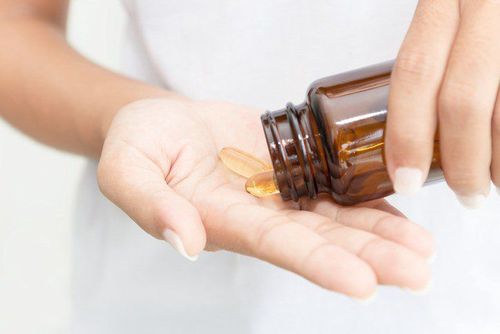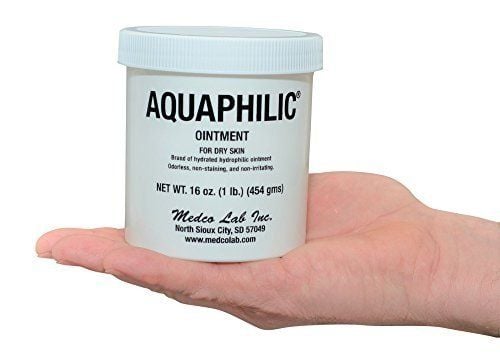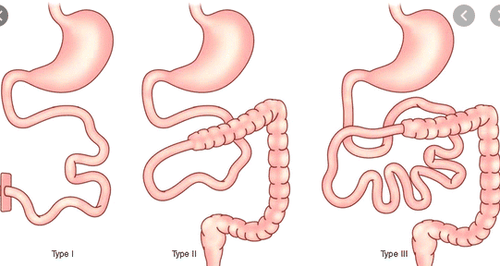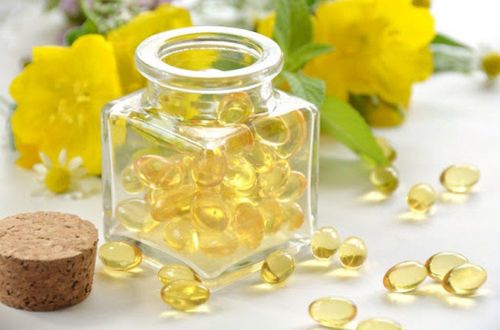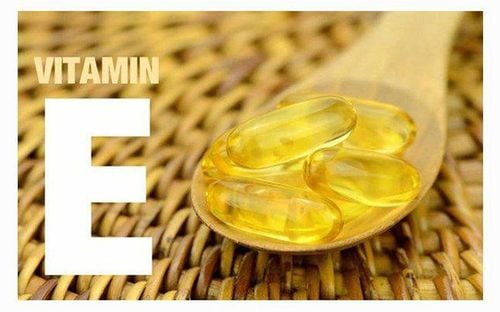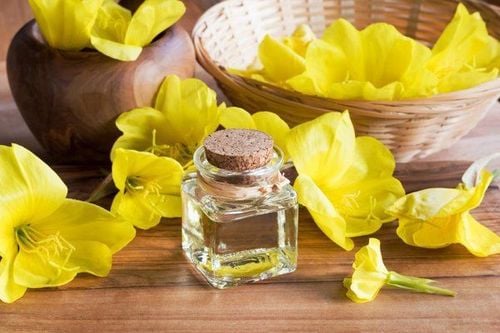This is an automatically translated article.
Recurring chest pain is the most common disorder, often causing many women anxiety and insecurity. Women who menstruate often experience cyclical breast pain, while women who have reached menopause do not experience cyclical breast pain.
1. Evening Primrose Oil and Vitamin E
Evening primrose oil is an herb. There are a total of 244 medications known to interact with evening primrose oil.
Evening primrose oil is used to treat some of the following conditions:
Asthma Eczema Heart disease Chronic fatigue Diabetic peripheral neuropathy High cholesterol Hot flashes Menopause symptoms Mental disorders perimenopause Rheumatoid arthritis Sjogren's syndrome
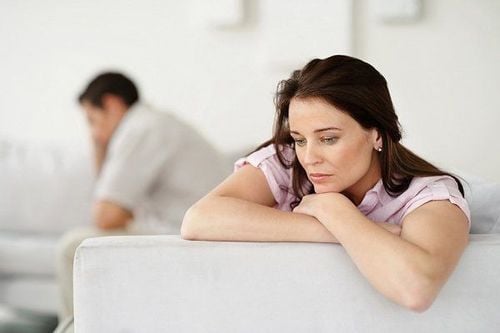
Dầu hoa anh thảo được sử dụng để điều trị bốc hỏa và các triệu chứng mãn kinh
Alzheimer's disease Sickle cell anemia Cystic fibrosis Dietary supplements Nocturnal cramps Retinopathy Indigestion Vitamin E deficiency
2. Should you combine taking evening primrose oil and vitamin E?
Recurring breast pain is referred to as moderate to severe pain in one or both breasts that persists for more than five consecutive days and is resolved after menopause. Recurring breast pain is associated with an intensification of symptoms before the onset of menstruation during the luteal phase of the period and is accompanied by congestion, pain, burning, heaviness, and tenderness in the breasts.
Pain is the most common type of breast pain and accounts for about 67% of all painful breasts and takes more than 7 days in 11% of cases. This pain interferes with sexual activity in 48%, with about 37% of cases with physical function and with social functioning in 12% of cases.
The three main causes of recurring breast pain are increased estrogen, decreased progesterone, and increased prolactin. A reduction in the ratio of unsaturated fatty acids to saturated fatty acids as well as the role of inflammatory mechanisms including increased levels of inflammatory biomass such as 6- and 1-alpha interleukin and tumor necrosis factor have also been investigated. propose. Medicines used to treat recurring breast pain, such as danazol, tamoxifen, and bromocriptine, are often hormonal and cause serious side effects.
Gynecological symptoms such as recurring pain in the breast which are often chronic in nature can be treated with natural herbs and supplements and have fewer side effects and are more fanciful than prescription drugs and no prescription. Midwives should be mindful of evidence of treatments with fewer side effects and fewer interactions with other medications. Alternative treatments used as first-line treatment of recurring breast pain evening primrose oil and Vitamin E.
The mechanism of Vitamin E in relieving breast periodic pain due to its antioxidant benefits is its ability to block lipoxygenase and cyclooxygenase and prevent the oxidation of unsaturated fatty acids and thereby prevent the formation of fatty acids. prostaglandins and increase opioids inside the body, enhancing individual pain tolerance and reducing pain. In research Vitamin E was effective in reducing the duration of recurring breast pain.
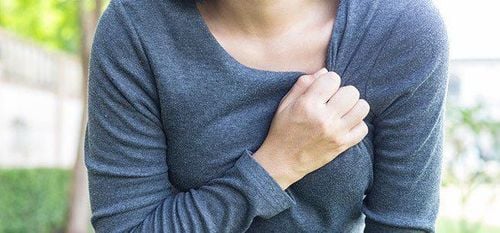
Đau vú định kỳ được gọi là đau từ trung bình đến nặng ở một hoặc cả hai vú kéo dài hơn năm ngày liên tục và được khắc phục sau khi mãn kinh
The diagnostic criteria were periodic breast tenderness for at least five consecutive days provided this was repeated in their previous two menstrual cycles. The human breast is then examined for volume, secretion, symmetry, and irregularities.
After that, people are asked until the start of their next menstrual period to use the right bra as a supporter and minimizer of breast movement, and with the support of breast tissue, prevent pain from getting worse. The evening primrose oil capsule group received two 1000mg capsules per day and the Vitamin E group received 400 IU capsules per day. All medications are taken by mouth with a glass of water for two menstrual cycles.
Mean time of breast pain evening primrose oil and Vitamin E group before intervention with 1 month after intervention, before intervention 2 months after intervention and 1 month after intervention with 2 months after intervention all showed reduction cyclical breast pain symptoms.
Another trial was also performed. 85 women with premenstrual discomfort were enrolled. Participants were randomly assigned to one of four six-month oral treatments: vitamin E (1,200 IU daily), EPO (3,000 mg daily), vitamin E (1,200 IU daily) plus EPO ( 3,000 mg per day) or double a placebo. The primary outcome measure was change in breast pain, as measured by the modified McGill Pain Questionnaire at admission and at six months. Forty-one patients completed the study.
Analysis of intention to treat (trial before and after trial) showed a difference in the worst pain improvement with EPO (p = 0.005), vitamin E (p = 0.04) treatments. ) and EPO plus vitamin E (p = 0.05), but not different from placebo (p = 0.93).
Results from a two-sample t-test showed no significant reduction in pain in each cyclical spinal pain for the three treatment groups compared with placebo (EPO, p = 0.18; vitamin E, p). = 0.10; and EPO plus vitamin E, p = 0.16) . The data were also analyzed with the Aickin split test, which showed a trend toward cyclical reduction in osteoarthritis pain with vitamin E and EPO alone and in combination. Taking daily with 1,200 IU of vitamin E, 3,000 mg of EPO, or vitamin E and EPO in combination at the same dose for six months can reduce the severity of cyclic chest pain.
Therefore, it is recommended to combine taking evening primrose oil and vitamin E to relieve cyclical breast pain.
Please dial HOTLINE for more information or register for an appointment HERE. Download MyVinmec app to make appointments faster and to manage your bookings easily.
The article references the source: NCBI; Drugs.com



